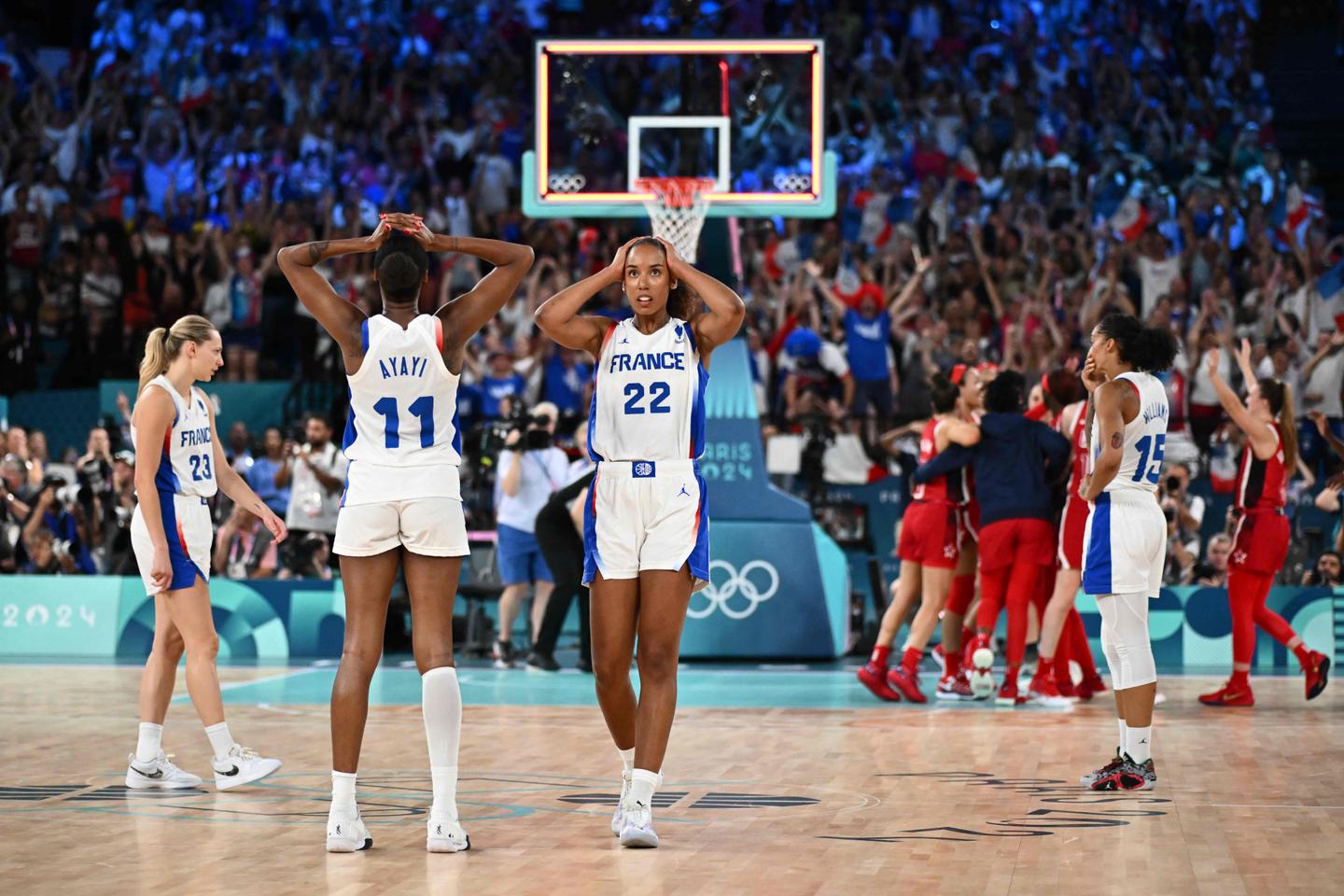Bank of America Has a Tiered Credit Card Rewards System: Is It Worth It? – Technologist
Are you considering a Bank of America rewards credit card for your wallet?
Bank of America has some intriguing credit card offers. But did you know that they can be even better if you have more products or services through the bank?
The Bank of America Preferred Rewards program is designed to incentivize customers to do their banking, savings and investing all under the bank’s umbrella.
It does so by offering things like boosted credit card reward multipliers, increased interest rates on savings and discounted interest rates on loans.
The bank claims that, on average, members increase their overall benefits to $500 a year by participating in the program.
But is there a catch? And is it worth all the hassle that comes along with it?
In this article, we’ll walk through the details of the rewards program and get the expert opinion of Clark Howard.
Bank of America Preferred Rewards: How It Impacts Credit Card Rewards
The Bank of America Preferred Rewards program is designed to leverage a consumer’s banking and investing relationship with Bank of America and Merrill by incentivizing the usage of multiple products with discounts and bonuses.
For the purposes of this article, I’m reviewing this program from the lens of the impact it could have on your credit card rewards earning potential. Please understand that there can be more nuance, complexity and potential earnings opportunity in other areas of the program.
With those caveats out of the way, let’s look at what the Preferred Rewards program can do for your credit card rewards.
Preferred Rewards Tiers
The impact that this rewards program can have on your credit card has a direct correlation with how much money you save and invest via Bank of America products.
You’ll need at least a combined $20,000 in Bank of America deposit or Merrill investing products to qualify for the lowest tier.
To understand how impactful it can be, you need to determine which tier you fall into based on your cumulative account balances (measured by a 3-month combined average daily balance):
| Rewards Tier | Average Daily Balance |
| Gold | Between $20,000 and $49,999 |
| Platinum | Between $50,000 and $99,999 |
| Platinum Honors | Between $100,000 and $999,999 |
| Diamond | Between $1,000,000 and $9,999,999 |
Credit Card Rewards Multipliers
Once you’ve determined your rewards tier within the program, you can start to investigate how it will impact the rewards earnings for your Bank of America credit card.
Predictably, the reward boosts increase as the amount of money you have in your Bank of America and Merrill accounts increase:
| Rewards Tier | Credit Card Rewards Boost |
| Gold | 25% |
| Platinum | 50% |
| Platinum Honors | 75% |
| Diamond | 75% |
Which Credit Cards Are Eligible to Receive the Boost?
The following credit cards are eligible for rewards boosts:
- Bank of America® Customized Cash Rewards
- Bank of America® Unlimited Cash Rewards
- Bank of America® Travel Rewards
- Bank of America® Premium Rewards®
- Bank of America® Premium Rewards® Elite
Bank of America does a nice job of breaking down how the boost can impact each card here.
How Does This Boost Impact Your Total Credit Card Rewards?
While the boost percentage remains constant based on your rewards tier, the impact you see on actual spending will vary based on which credit card you use.
This is because different cards reward different types of spending at different rates of return.
For an easy illustration of how this boost could impact your annual rewards returns on a credit card, I have retrieved a spending example for the Bank of America® Unlimited Cash Rewards card.
This card pays an unlimited 1.5% on everything you buy, which is lower than the 2% back Clark recommends. But, as you can see in the screenshot below, being in this program can boost that otherwise underwhelming return into something worth considering:
If you’re in the lowest tier (Gold), being a part of the Preferred Rewards program will effectively turn this 1.5% cash back card into a 1.875% cash back credit card. That’s OK, but still not to the 2% that many other cards offer.
Jumping into the Platinum tier (50% boost) will effectively make it a 2.25% cash back credit card. That’s better, but you can beat that with the 2.5% cash back offered by the Alliant Cashback Visa® Signature Credit Card.
To beat the returns of the top everyday cash back cards on the market, you’ll need to qualify for the Platinum Honors or Diamond tiers. The 75% boost associated with those tiers makes this card an effective 2.625% cash back card.
But is that slight advantage worth the trouble? That 2.625% cash back will earn you $1.25 more rewards than the Alliant card for every $1,000 in spending.
Does Clark Recommend Participating In Rewards Systems Like This?
Money expert Clark Howard has long cautioned against doing business with big banks. And Bank of America is the second largest bank in the United States based on total assets, so it certainly qualifies.
His laundry list of complaints against big banks includes poor customer service, bad interest rates on your savings, costly monthly account fees, and excessive product service charges.
But I recently spoke to him about using a credit card with a big bank and you may be surprised to learn he’s actually OK with that. Read why here.
So, with the cautious greenlight to use big bank-backed credit cards, I also decided to ask him about programs like Bank of America Preferred Rewards.
He does not recommend signing up for a credit card and the required banking or investing products solely to participate in the rewards boosting program, even if it earns you more cash back.
“You do not want to be lured with any bonus situation where it gets you to do your banking and your brokerage at the same institution,” Clark said. “Because the bank-based, bank-owned brokerage operations are extremely high-cost operations.
“So whatever benefits you get through having multiple services under the umbrella of a bank and their brokerage, you’re going to end up paying a whole lot more in overall costs over time.”
Clark says the only people who should consider this rewards program are already happily using Bank of America products with no intentions of changing their banking or investing situation.
Bottom Line: Who Should Use This?
Clark says that people who do not have an existing relationship with Bank of America should NOT apply for a credit card with the idea that they’ll move their investing and savings products to the bank as well.
For most people, it simply isn’t worth it. Clark says the upside of the increased credit card rewards isn’t worth the potential fees you may endure with the investment products.
Instead, Clark prefers that you sign up for a no-annual-fee credit card that returns 2% back on everyday purchases. He also recommends keeping your investment costs low by dealing with a low-cost companies like Fidelity, Vanguard or Schwab.
However, he does give the green light to a select group of people who may benefit from this particular program.
If you already bank with Bank of America and you already do your investing with Merrill Lynch, and you’re happy with your setup there, he says it’s OK to take advantage of the perks that come along with the Preferred Rewards program.
“If somebody is happy using a variety of Bank of America products, and they’re offering additional savings, incentives or bonuses for the fact that you have all of those things, then of course you grab that money.”
Are you a Bank of America customer? Do you participate in the Preferred Rewards program? If so, what has been your experience? We’d love to hear your thoughts in the Clark.com community.


